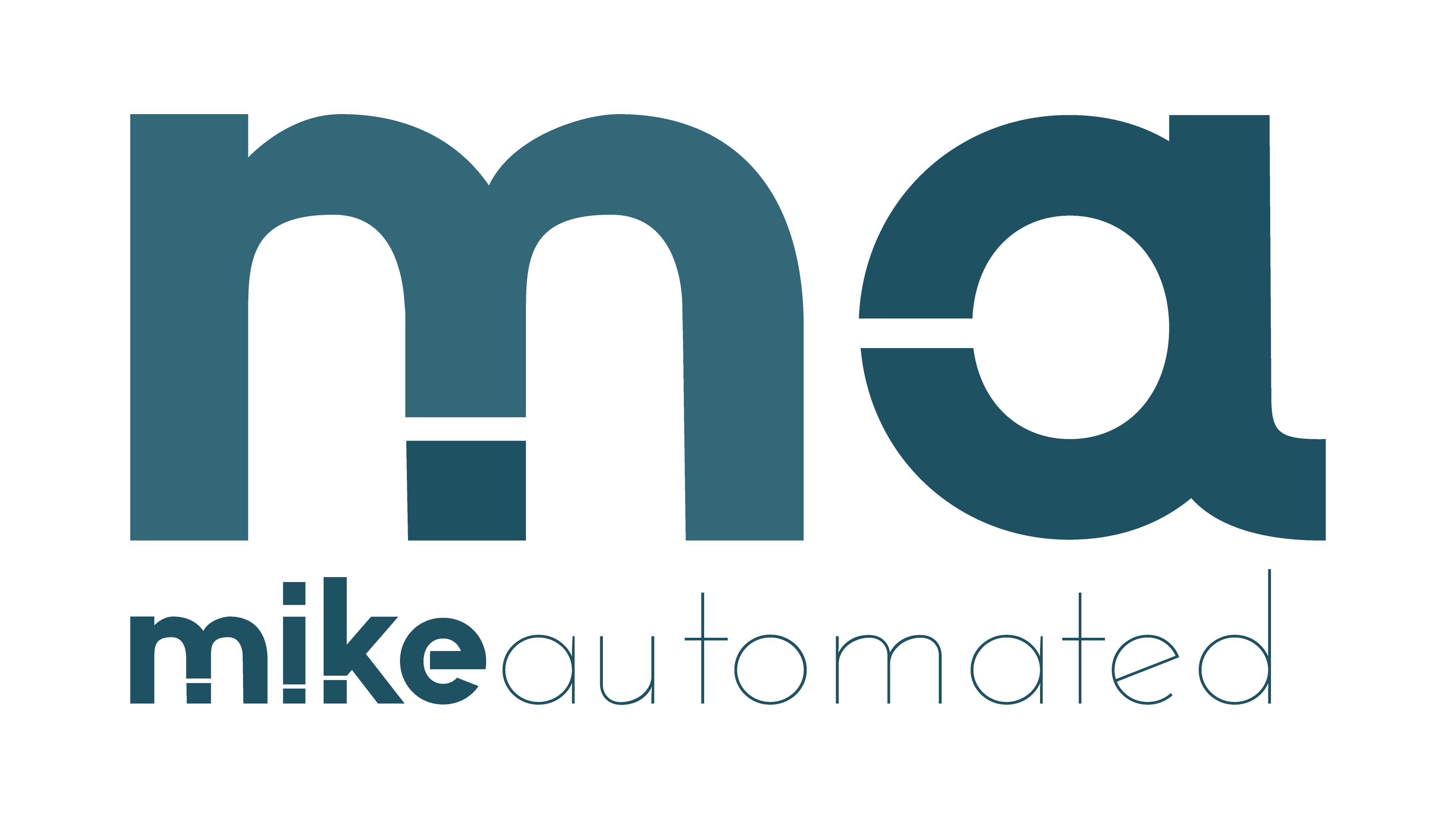The Hidden Price of Inaction: Why Delaying AI Adoption Hurts Your Business
In today’s rapidly changing digital landscape, the cost of doing nothing with AI is more expensive than ever. Business owners, marketing directors, and operations leaders often wrestle with the question: What happens if I delay AI adoption? The answer might surprise you. Every moment of inaction is a missed opportunity to harness the power of automation, data-driven decision making, and competitive innovation. In this article, we explore why procrastinating on AI transformation can disrupt your business and how acting now can unlock hidden opportunities for growth and efficiency.
Understanding the Risk of Inaction
The core question is clear: What happens if I delay AI adoption? The risk of delaying AI isn’t just about losing a competitive edge; it’s about falling behind as the market evolves. Consider the retail giant that hesitated to invest in AI-driven personalization. While competitors swiftly tailored their offers, that company struggled with stagnant sales and dwindling customer engagement. AI transformation and automation risk are not abstract concepts—they’re real threats that can undermine operational efficiency, revenue growth, and customer satisfaction.
The Domino Effect: Business Disruption from AI Delay
Delaying AI is like letting a small leak go unfixed until it becomes a flood. The domino effect of inaction can be startling. Start with workforce inefficiencies that lead to operational bottlenecks and data silos; next, move to customer attrition as competitors use advanced data analytics to predict and fulfill customer needs. Eventually, the market perception of your brand diminishes, making it harder to attract talent and investment. Business disruption triggered by a lack of automation is not sudden; it is a gradual shift that culminates in a significant competitive disadvantage.
Practical Examples: When AI Adoption Saved the Day
Take the example of a mid-sized e-commerce company that integrated AI for predictive inventory management and targeted marketing. Initially, their hesitation about investing in technology was driven by cost and complexity concerns. However, once they adopted AI and automated key processes, they noticed a dramatic improvement in operational speed, accurate forecasting of trends, and a better customer experience. The result? A double-digit increase in profits and a more agile business model ready to respond to market fluctuations. This real-world logic underscores that early AI adoption is not simply a technological upgrade; it is a comprehensive business strategy transformation.
Actionable Framework: Embracing AI Transformation
To turn confusion into clarity, consider this three-step framework for successful AI adoption:
- Diagnose the Business Pain Points: Map out inefficiencies, customer drop-offs, and operational hurdles. Identify areas that can benefit from automation and data analytics. This diagnostic process highlights where AI can create immediate improvements.
- Create a Strategic Roadmap: Develop a phased approach tailored to your organization’s needs. Start small with low-risk projects, measure impact, and scale gradually. This progressive strategy minimizes risk while unlocking immediate gains.
- Invest in the Right Partnerships: Collaborate with experienced agencies, like MikeAutomated, that specialize in implementing AI solutions. Leverage external expertise to navigate the complex transition, ensuring that technology becomes an enabler, not a barrier.
Developing a Proactive Culture Around AI
Successful AI adoption is as much about mindset as it is about technology. Cultivating a culture that embraces experimentation and innovation is fundamental. Encourage teams to explore new technologies, invest in continuous learning, and foster cross-functional collaboration. Transitioning to an AI-forward environment is a gradual process, and executives must champion change to drive organizational transformation.
The Financial Perspective: Weighing the Opportunity Cost
When analyzing the cost of doing nothing, it’s important to consider opportunity cost. The money and time spent trying to ‘wait and see’ can be better invested in AI-driven initiatives. Early adopters enjoy improved targeting, optimized operations, and predictive insights that fundamentally shift the bottom line. More than a cost, AI adoption is an investment, one that offers compounded returns over time. This isn’t just about spending less; it’s about spending smart and reaping exponential rewards.
Overcoming the Fear of the Unknown
One of the main reasons for delaying AI adoption is fear of the unknown. Business leaders may worry that AI involves overly complex technology, steep learning curves, and heavy upfront costs. In reality, many AI solutions are designed for ease-of-use and scalability. With robust support and a clear roadmap (like our three-step framework), the perceived risks diminish in light of the substantial potential rewards. Proactive experimentation with pilot programs can be a safe testing ground to build confidence and showcase tangible benefits.
The Counterargument: When Might Delay Be Strategic?
While the cost of doing nothing is high, it’s important to address a common counterargument: When might delaying AI actually be a strategic choice? For niche markets or highly regulated industries, a cautious, well-researched path might seem appealing. However, caution should not be confused with passivity. Even in slow-moving sectors, incremental steps toward automation and AI can outpace competitors who are unwilling to experiment. The risk is clear: even carefully timed delays can transform into missed opportunities if not managed proactively.
The Final Takeaway: Act Now to Shape Your Future
The story is simple. Delaying AI adoption is like letting competitors lay the foundations for future success while you wait on the sidelines. The cost of doing nothing with AI isn’t just measured in lost revenue or operational inefficiencies, but in compromised competitiveness. For businesses looking to not only survive but thrive, the path forward is clear: embrace AI transformation today. Recognize that automation risk is not a future problem but a current one, and address it with a strategic, action-oriented approach.
In wrapping up, think of AI as the digital equivalent of a relay baton in a race. You want to grab it early, run with it, and cross the finish line ahead of the competition. As you move forward, let this be your call to action: invest in AI transformation now. The sooner you start, the lower the cost of inaction, and the more you position your business for a thriving, competitive future.


